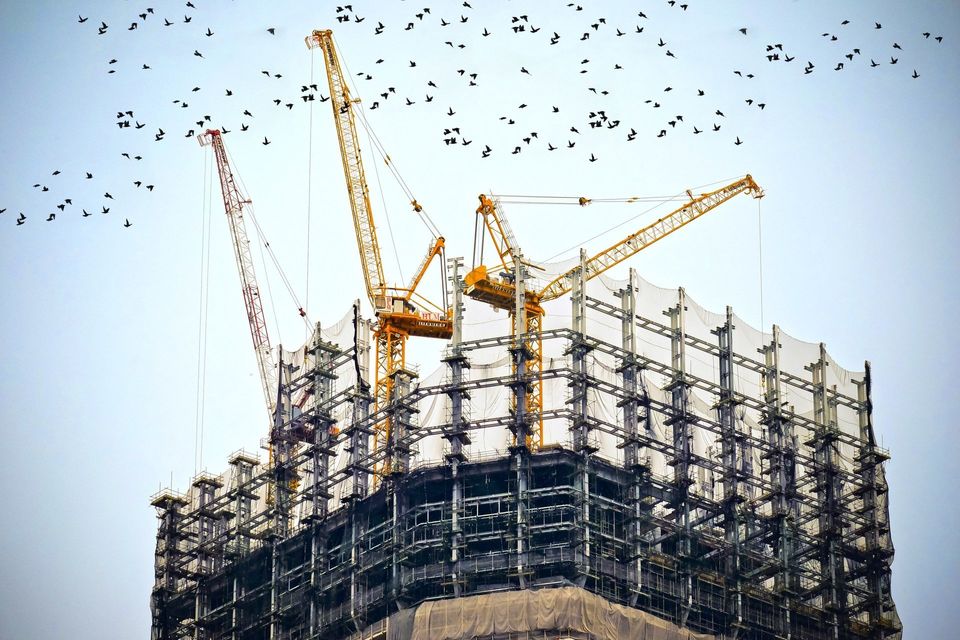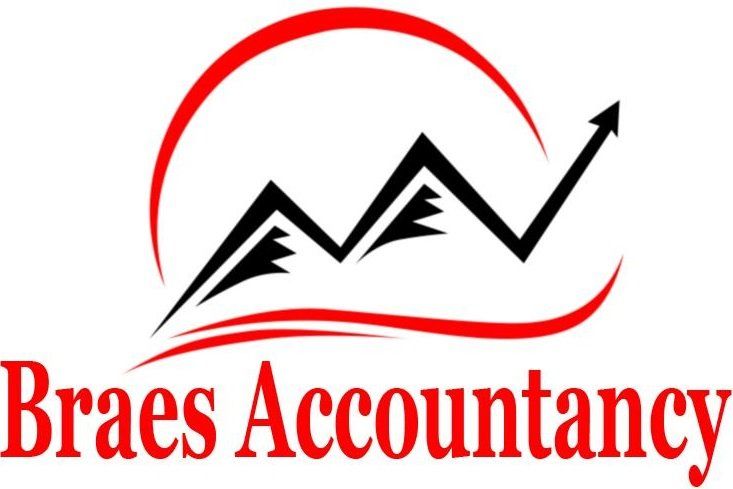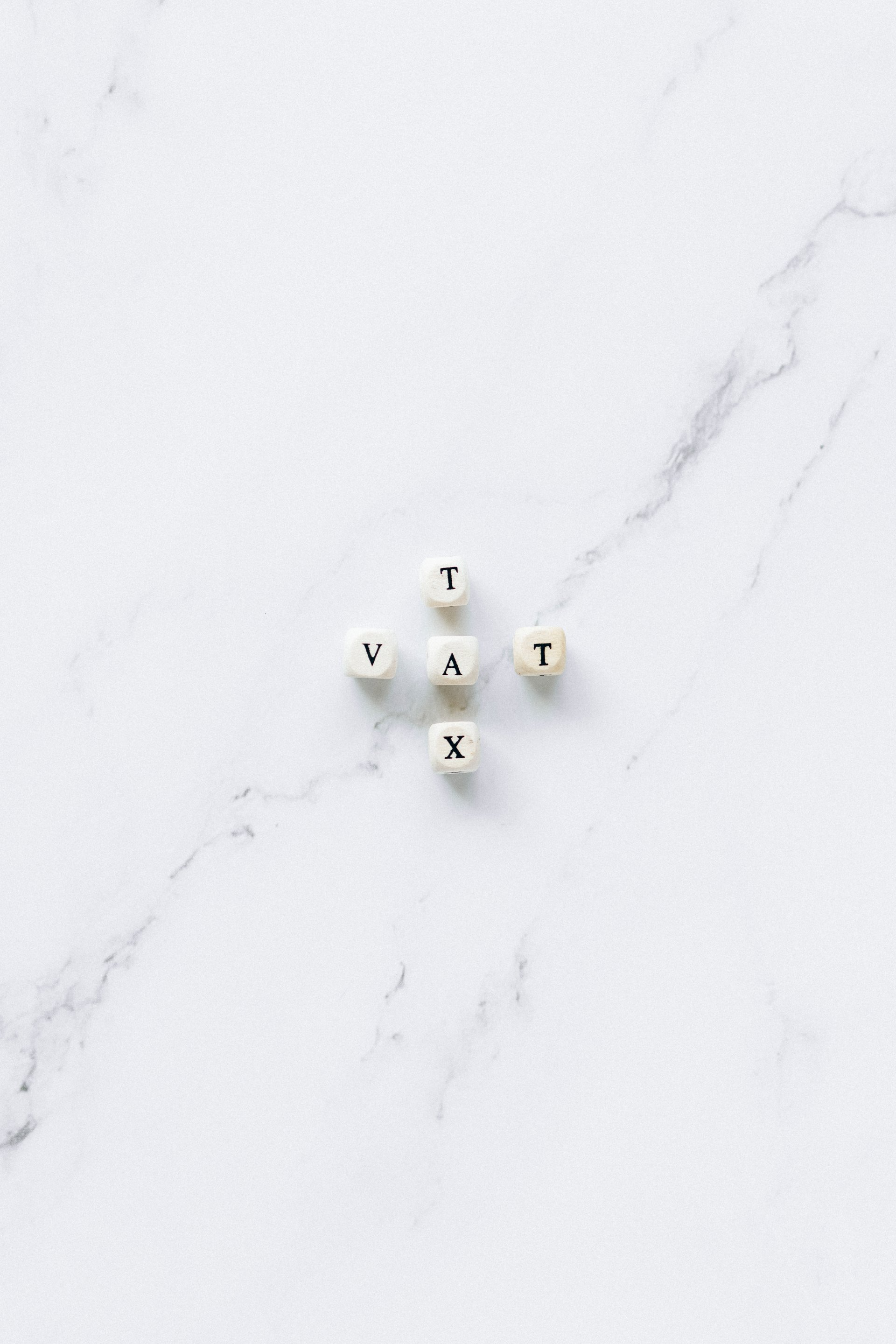Domestic Reverse VAT Charge for Building & Construction Services
Braes Accountancy • April 1, 2021
HMRC love making changes - Here's the breakdown

The new Domestic Reverse VAT Charge for Building and Construction Services (DRC) came into force on 1 March 2021, having been delayed twice since its original implementation date of 1 October 2019. Once live, this new regime will require the recipient of certain services, rather than the supplier, to account for the VAT due to HMRC.
What does the Domestic Reverse VAT Charge apply to?
The DRC will apply to supplies of ‘specified services’ between VAT registered businesses in a construction supply chain. The specified services that fall within the DRC are those construction services which are required to be recorded under the Construction Industry Scheme (CIS); HMRC’s published guidance, attached, provides a list of the services included and excluded from the regime.
https://www.gov.uk/guidance/vat-domestic-reverse-charge-for-building-and-construction-services
What do construction companies need to know?
Construction businesses need to ensure that they understand the changes and how these will affect their business. The charge will apply to standard and reduced-rate VAT services provided to other business or individuals that are registered for VAT in the UK and report those services under the CIS, unless the customer is an end-user.
An end-user is a customer that receives the specified services for its own use, or use by a connected party, and will therefore not make an onward supply of the services received. End users are required to notify the supplier of their end-user status at the time of contracting for services; if no confirmation of DRC status is provided, HMRC have confirmed that the DRC will apply.
What do I need to do?
To be fully prepared for the new rules, businesses may need to make changes to their accounting systems to ensure they can accommodate both the receipt and supply of reverse charge supplies. At the same time, staff who agree contracts with suppliers and customers will need to understand the changes to ensure contracts reflect the correct VAT treatment and that, in turn, accounts and finance staff understand how to post transactions.
Some businesses may also need to consider how the DRC will affect their cash flow, as reverse charge supplies will result in a 20% reduction in receipted income for many sub-contractors. As input tax incurred on expenses can be recovered as normal, many contractors may find themselves in a repayment position and might consider requesting monthly VAT returns, to ease the cash flow burden.
Find out more:
Full details of how the DRC will impact construction industry businesses can be found in HMRC’s technical guide, which can be accessed via the following link:
https://www.gov.uk/guidance/vat-reverse-charge-technical-guide
Also, HMRC’s flow charts are an easy reference tool to help both suppliers and customers work out whether supplies fall within the DRC - these can be found at:
https://www.gov.uk/guidance/vat-reverse-charge-technical-guide#flowcharts



